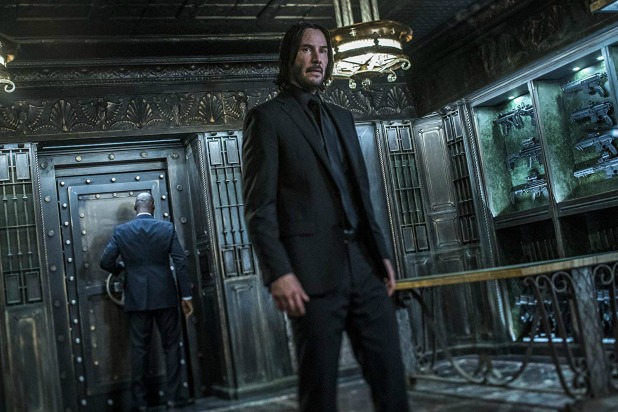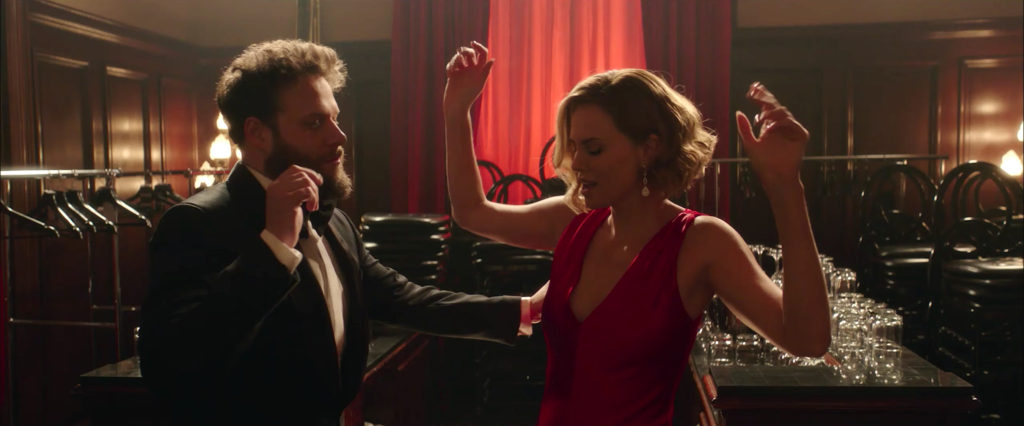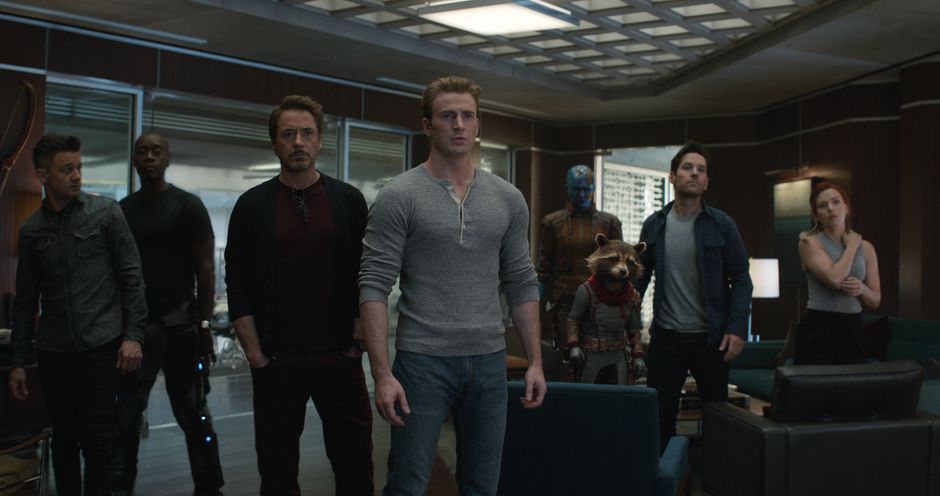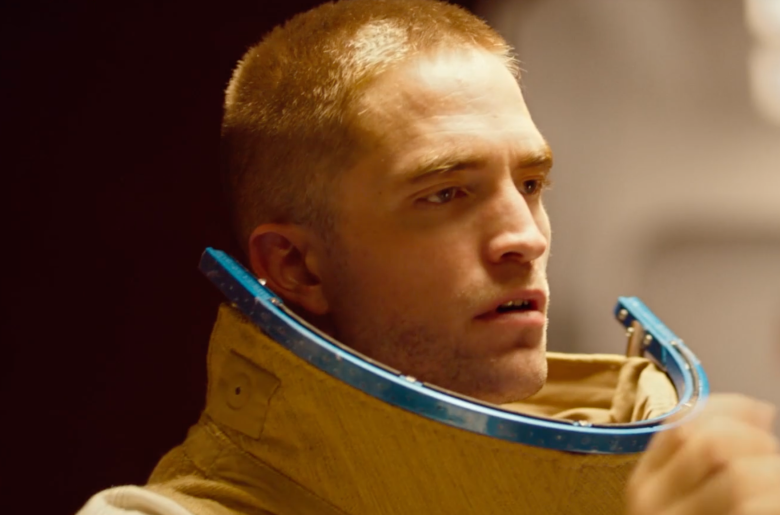Booksmart: Two Smarties, Determined to Party

Lots of high school movies feature a comic scene set in a bathroom—Lindsay Lohan eating alone in Mean Girls, Eddie Kaye Thomas defecating in American Pie, That Scene in Fast Times at Ridgemont High—but Booksmart, as it does time and again, flips the script. Quietly revising grammatically incorrect graffiti inscribed on a stall, valedictorian Molly (the magnetic Beanie Feldstein) overhears three of her classmates mocking her. Stung but not surprised, Molly emerges dramatically from the stall and unleashes a measured but vindictive riposte, calmly informing her intellectual inferiors that she will one day have the last laugh. Yet as she spins on a heel to leave in triumph, a quiet reply stops her in her tracks; one of her ostensible bullies casually announces that she’s going to Yale. Another will be attending Stanford; the third has already secured a lucrative job at Google. In a split second, Molly’s supposed supremacy—academic, personal, moral—has been flushed down the drain.
Booksmart, the finely cut and completely hilarious directorial debut of Olivia Wilde, is hardly revolutionary. It is instead a proud member of the One Crazy Night genre, a freewheeling, episodic narrative of absurdity, embarrassment, and misadventure. But even as it accumulates belly laughs and imparts familiar lessons, Booksmart simultaneously punctures your assumptions about how movies like this should look and behave. Like Molly, it is smart, energetic, and determined. Yet it is also exactly the kind of film that Molly herself might underestimate, gradually revealing hidden depths that you never suspected were there. Read More




